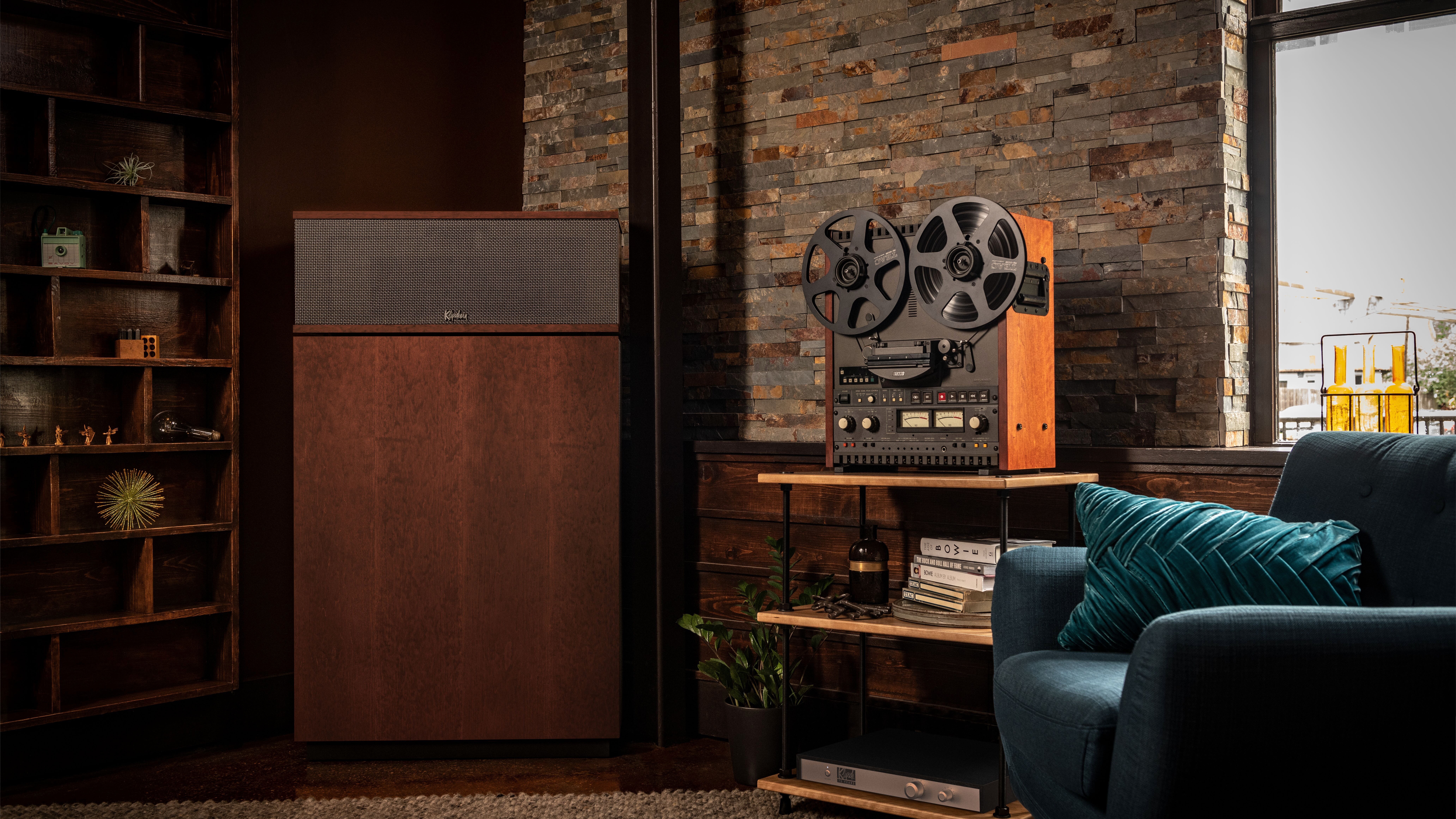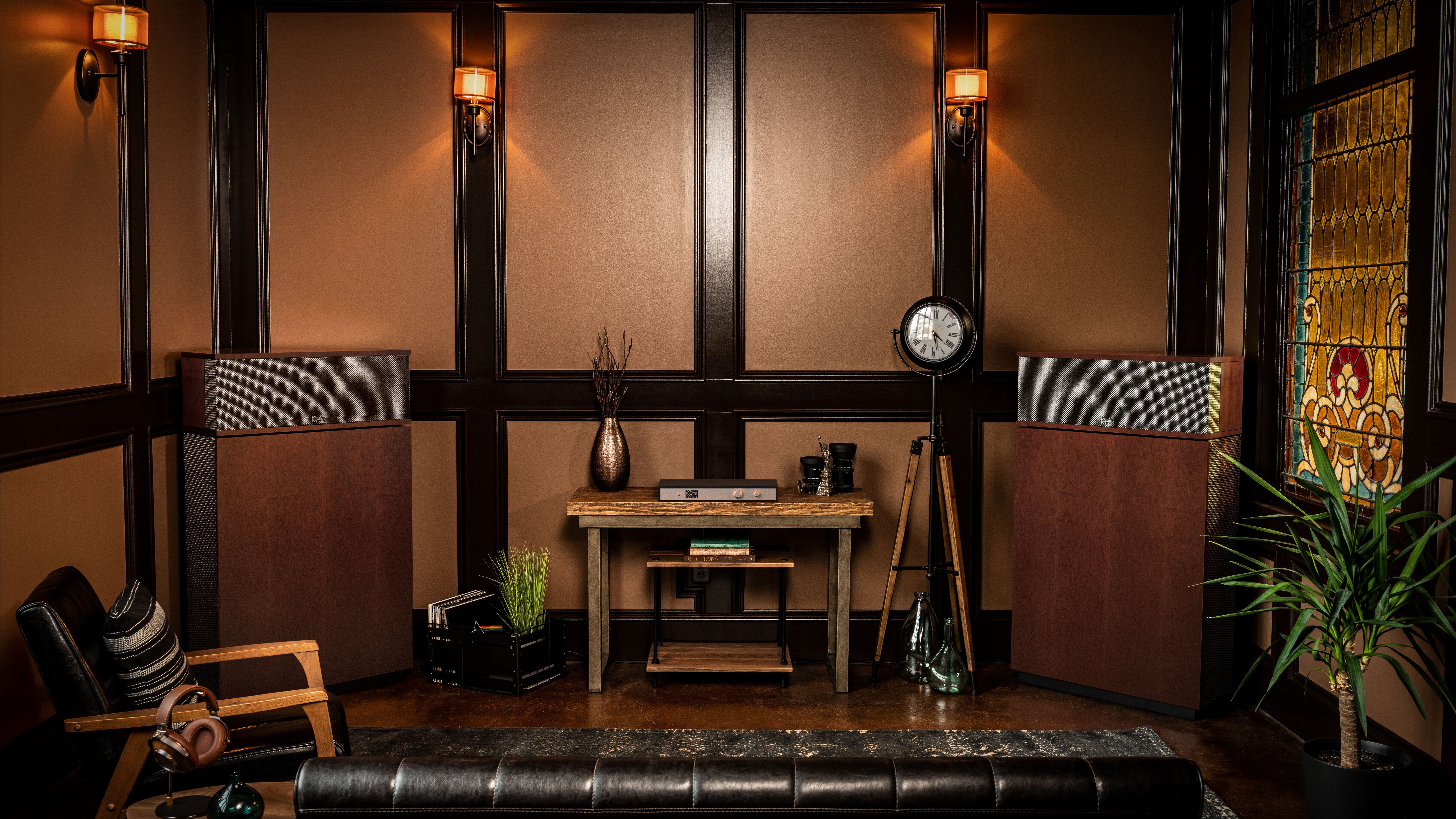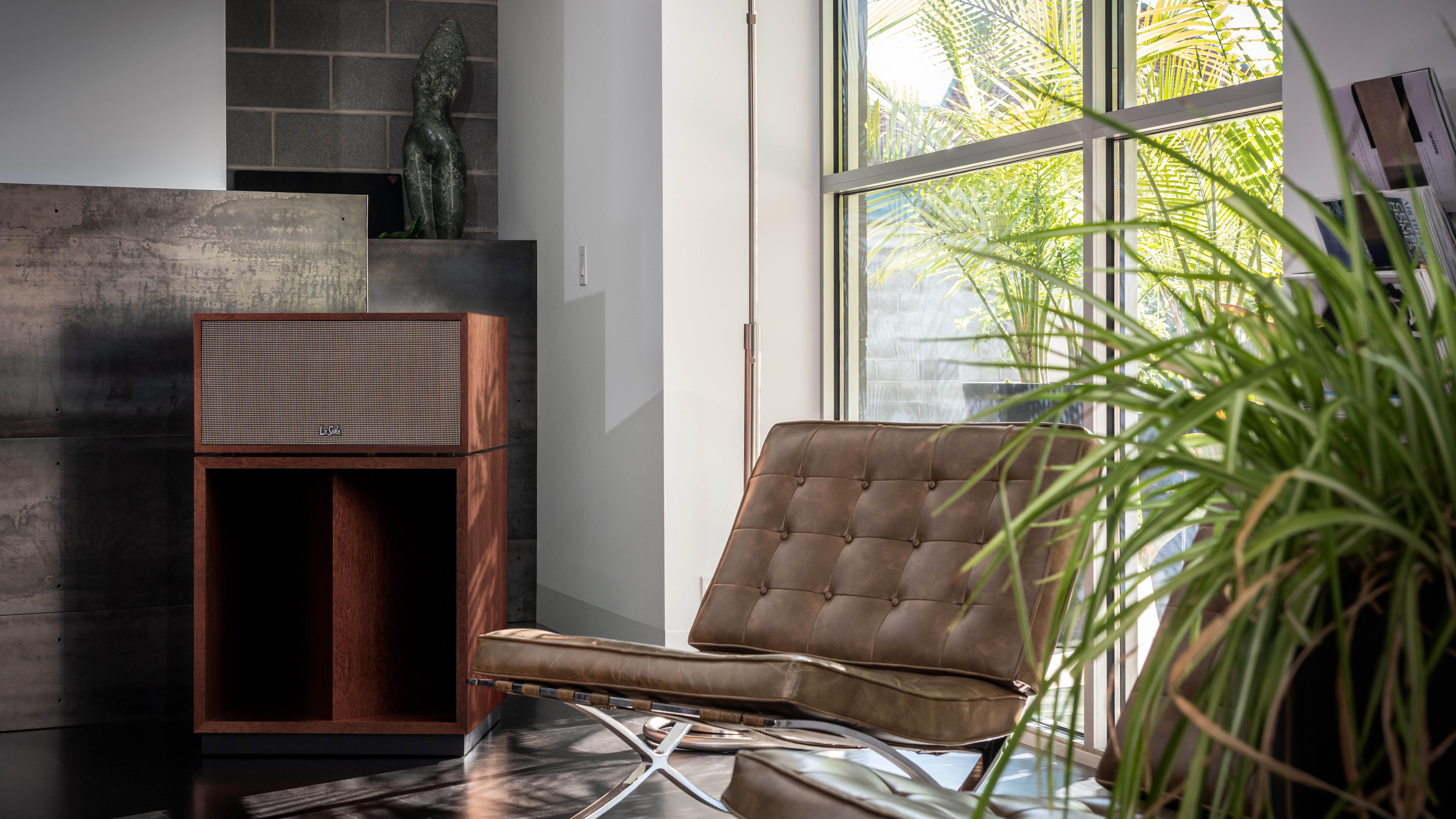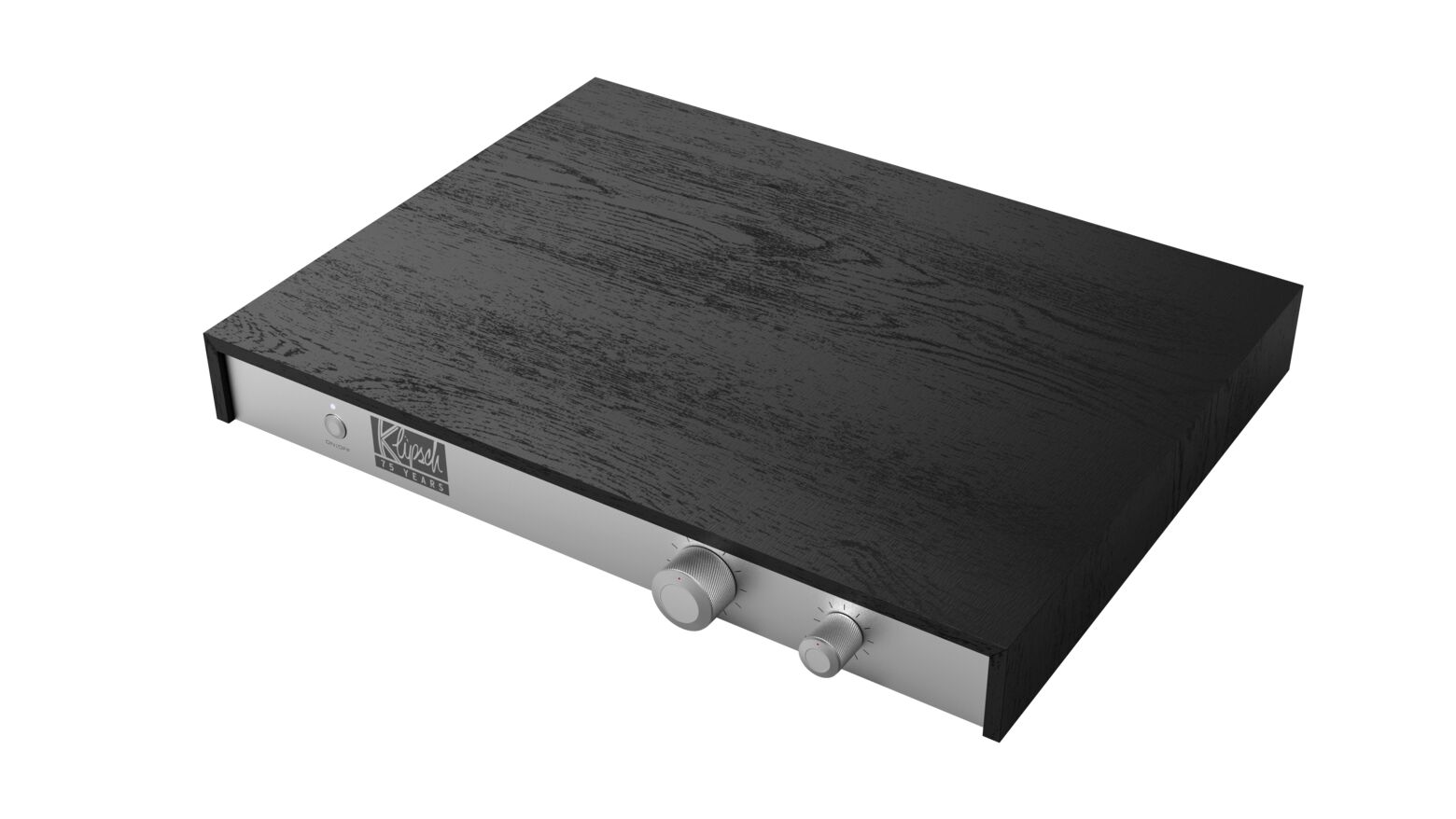
Legendary American audio brand Klipsch is updating two of its most iconic high-end Heritage models, the Klipschorn and La Scala horn-loaded speakers.
The new Klipschorn AK7 and La Scala AL6 feature an updated version of Klipsch's proprietary Tractrix horn drivers, updated compression drivers and a brand-new finish.
The Klipschorn is one of the oldest speakers in production, with the speaker originating in 1946 when founder Paul W. Klipsch first started the company; the smaller La Scala was launched in 1963.
Both modern speakers are three-way, horn-loaded designs, where each driver is coupled to a "precisely engineered" horn, and designed to deliver a clear, wide soundstage with a flat frequency response. High efficiency and low distortion are other hallmarks of horn speaker designs.
The new speakers feature a modified version of the K-406M Tractrix midrange driver, with a shorter 2-inch 'throat' for better time alignment between the drivers, while Klipsch's Mumps technology ensures an even frequency response to the horn's edge. The result, claims Klipsch, is "a more natural, immersive sound experience."

The K-771 compression driver, meanwhile, combined with a new phase plug should deliver "greater clarity" and a "wider, more consistent soundstage" than before. Meanwhile, the new 3-inch KT-1133-HP midrange compression driver is a whole inch larger than the previous models, and this allows the driver to increase the sound pressure to the horn in a more efficient manner.
Additionally, the La Scala AL6 speakers feature a vented design for the first time to extend and enrich the low frequencies. The 12-inch K-281 woofer with folded horn design is fitted in the enclosure, promising "richer and more robust bass" no matter where the speakers are placed.

Another key upgrade comes in the form of a separate, optional Heritage Active Crossover module. After the success and "overwhelmingly positive" reception of its inclusion in the flagship Klipsch Jubilee speakers, this advanced crossover aims to improve the speakers' overall sound with regard to time and phase alignment, offer balanced EQ and more.
As standard the new speakers are passive, but you can improve the performance further by adding this active crossover. You will of course need additional power amps if going active.
A new panel design on the Klipschorn AK7 and La Scala speakers now includes passive and active inputs, making it easier to switch between the two configurations and allowing users to plug in the Heritage Active Crossover with minimal fuss.
"While we are thrilled with the performance of the passive crossover, the Heritage Active Crossover unlocks performance enhancements that are simply unattainable with a passive design," says Roy Delgado, Klipsch's chief audio engineer. "While the crossover frequencies remain fixed, users can adjust the gain of the LF and HF sections of the DSP active unit in order to compensate input sensitivities of different types of amplifiers."

All these updates aim to advance the Klipshorn AK7 and La Scala AL6 speakers' performance even further, while still delivering "all the detail and emotion of a live concert hall" as the founder originally intended.
The Klipschorn AK7 speakers cost $17,998 / €25,998 per pair, while the La Scala AL6 is $14,998 / €19,998 per pair. Both are available in American Walnut, Black Ash and a new American Auburn finish.
The Heritage Active Crossover module is available in the Black Ash finish only and costs $3499 / €3999. The speakers will be available in Europe in May.
MORE:
Our guide to the best hi-fi speakers for every budget and type
Why sound (or picture) quality is our testing priority – but not our only concern







